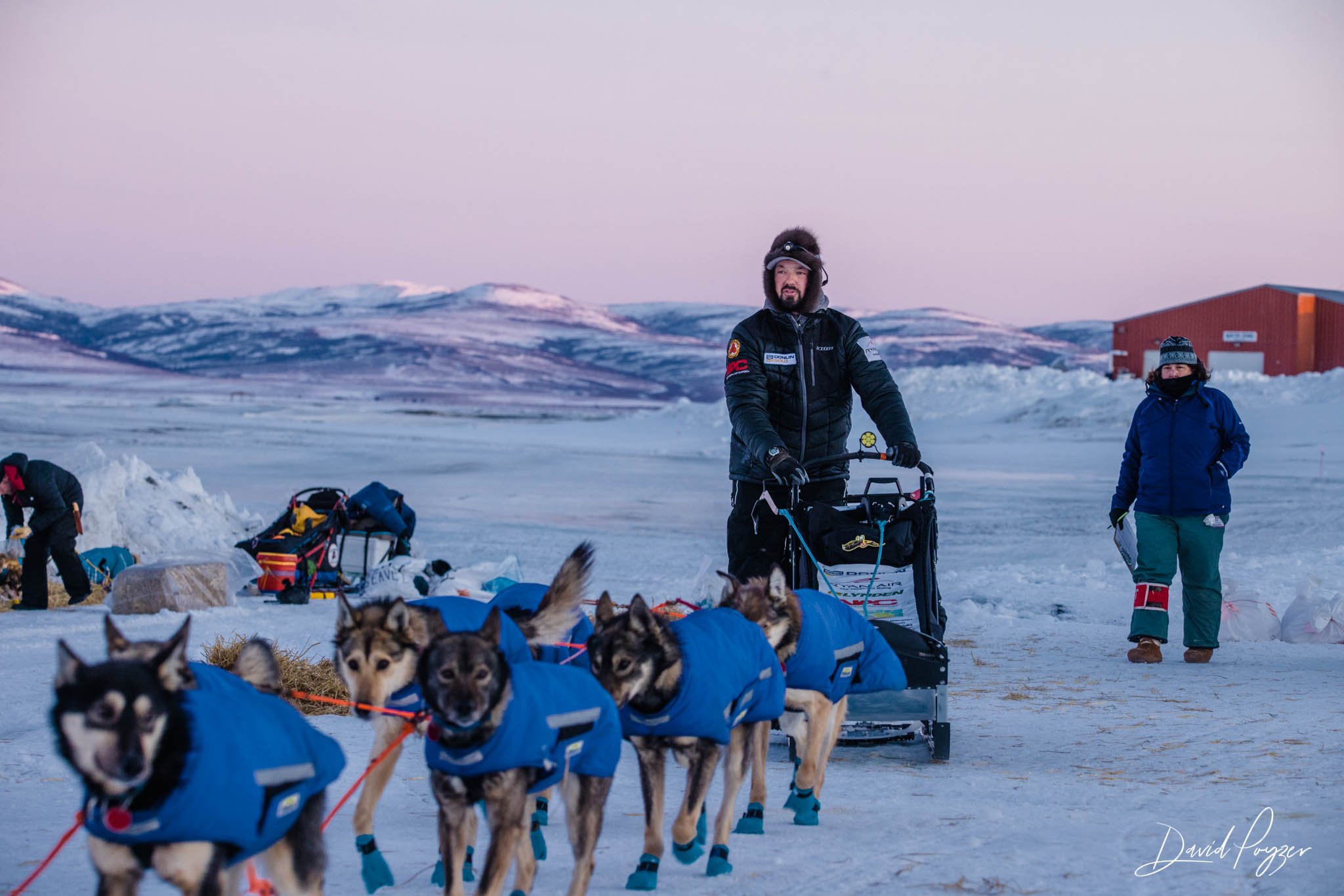The Berington Twins On Their Top 3 Go-To Trail Snacks
Mushers are exposed to incredible challenges in extreme conditions during a long-distance mushing race. Their main priority is always keeping the dog team fed, healthy and happy. But what about their own feeding routine? The Berington twins takes us through their nutrition regime out on the trail.
Marit Kasin feeding her dogs at Finnmarksløpet, before feeding herself.
Fuelling for the Love of Dogs
While always putting the dogs’ needs before their own, the mushers also need to be properly fuelled to be able to provide optimal care for their dog team. Being sleep deprived, hungry and dehydrated can reduce the musher’s ability to notice signs from the dogs, combat sleep deprivation, and stay focused. Anna and Kristy Berington from Seeing Double Sled Dog Racing are no exception. They plan their own nutrition extensively to detail before every single race, to be able to focus only on the mushing and the dogs while racing.
Anna and Kristy Berington - The Berington Twins
«We send out our food a couple weeks before the race starts so we keep thawing and spoilage in mind. Mainly, we choose easy access foods because you really have to convince yourself to eat when it’s freezing cold. Food accessibility and time management is actually prioritized over weight. Pulling off gloves and pulling down the face mask is usually required for eating and drinking. Food that don’t require utensils make eating quick and easy.”
The Beringtons always take the opportunity to fuel themselves up as they stop out on the trail for snacking the dogs, meaning every couple of hours.
Trail Mix, Chocolate and Smoked Salmon
“Our top three favorite mushing snacks are trail mix, chocolate and smoked salmon. Trail mix and chocolate can easily be poured into the mouth. Smoked salmon is simply a savory snack – always look forward to finding that in the drop bags!”
Packing extra food is crucial when conquering a long distance race. Bad weather and unforeseen condition might force the mushers to stay at a check point or on the trail longer than expected. Anna and Kristy never want to be totally dependent of the check point food service.
“A moose stew brought out for the race leaders has caused us some not interesting digestive experiences, to say the least.”
«The villagers and locals are so kind and often bring things to the checkpoint for the mushers to eat, but it isn’t smart to count on this always happening. Also, we don’t know how the food was prepared, what is in it exactly or how long it has been sitting out. A moose stew brought out for race leader Thomas Wærner might have gone badby the time we get there. This has caused us some not interesting digestive experiences, to say the least.”
Sigrid Ekran knows the feeding hierarchy: dogs before humans.
At each check point, the Beringtons plan on taking in about 2000 calories. They are careful to prepare a variety of foods to avoid getting tired of the same meals over and over. They also include vitamins and supplements to provide the body with the necessary nutrients for maintaining optimal bodily function. This comes in handy when dealing with sleep deprivation, dehydration and exposure.
Hydration is Key
Speaking of hydration, what about fluids?
“We always drink a bunch of water at the checkpoints and fill insulated thermoses before heading down the trail. We also bring vacuum sealed water bottles to drop into our cookers while melting snow for the dogs. Additionally, we can add electrolyte replenishments to the water to enhance the water if needed», says Anna.
Anna and Kristy on a morning run preparing for an extreme ultra-marathon.
Anna and Kristy have gained their nutrition experience not only from mushing, but also from competing in extreme long-distance running and triathlon events. They believe this has given them an edge over their competitors.
“Our broad race background has had its advantages. We eat small snacks like triathletes and ultra marathon runner do. We also battle leg cramps and electrolyte replenishment while running dogs. Having done those types of races has helped us learn what our bodies like and how they respond to eating certain foods under stress.»
19 Hours of Sleep in 10 Days of Racing
Even though ultra-running and triathlon events last for a maximum of 24 hours, as compared to Iditarod lasting for 10 days, there are lots of parallels to be drawn.
“In our opinion, the three most important aspects to consider in both types of races are hydration, variety and body response. These are key for us when planning our nutrition prior to a race. Failing on these points can be crucial, and in worst case make you unable to care for the dogs properly.”
“Our top three favorite mushing snacks are trail mix, chocolate and smoked salmon.”
Kristy Berington showing dog care in practise - Dogs Come First.
Dogs Come First - Always
«With all of this said the dogs come first - always. We might be wet, exhausted, starving or cold but only after the dogs get what they need, do we care for ourselves.»




































